George Klass
Well Known Member
1962George what was the formula used to put those cars in A B or C F/X?
Robert
A/FX - 0.00 to 8.99 lbs. per cubic inch
B/FX - 9.00 to 12.99 lbs. per cubic inch
C/FX - 13.00 or more lbs. per cubic inch
1962George what was the formula used to put those cars in A B or C F/X?
Robert
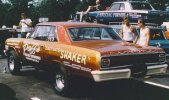
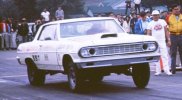
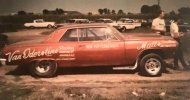
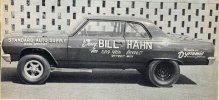
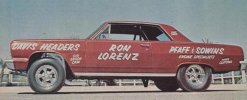
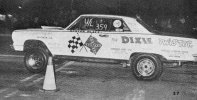
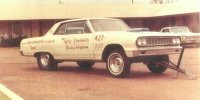
Weren't those production cars fitted with heavier gauge aluminum? Lke the Zintsmaster car?There were somewhere between 18-21 Impala 409/409 cars built right at the end of the 62 production built with aluminum fenders, inner fender liners and hood. None had bumpers like the Z-11's in 63, a few months later. All built in Flint from what I have been able to determine.
The info I have been able to determine is that the drag racers of the day received the parts like I mentioned above. There is no doubt some of these guys received one of the Impalas.
My belief is these cars were built to see how easy or difficult it would be. Once they learned how bad the inner fender liners looked they chose not to include them in the Z-11. Does not make much sense because Pontiac was able to stamp out the proper parts and many racers used the 62 inner fender liners on the 63's. I doubt any NHRA tech inspector checked much of it.
The aluminum thickness is different between the 62 and 63. I will check both of my cars, but I think the 62's are .026 and the 63 Z-11 is .041.
I remember the tops of the 62 fenders would wrinkle after the first or second hard run. Since they were so flimsy is probably why not many survived.
I have a copy of a newspaper ad from Don Steves Chevrolet in 1962 advertising 2 of the aluminum front end Impalas. I will find it and post. Others I'm sure have the same ad and Dan post. I spoke to Don Steves son a couple of years ago and he said they had a direct pipeline with Chevy. He said he remembers as a kid engines and cars would just show up! He said his dad was invoked in lots of racing, primarily Corvettes.
Hope this helps.
